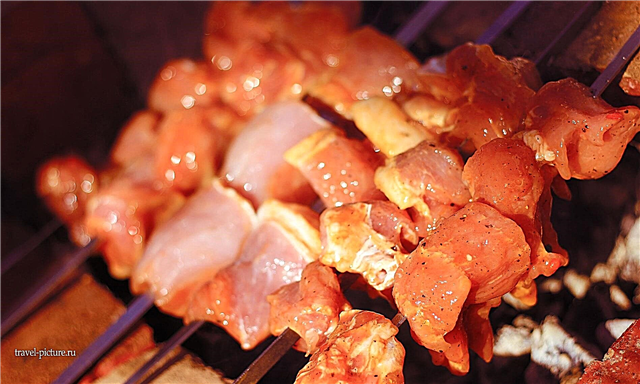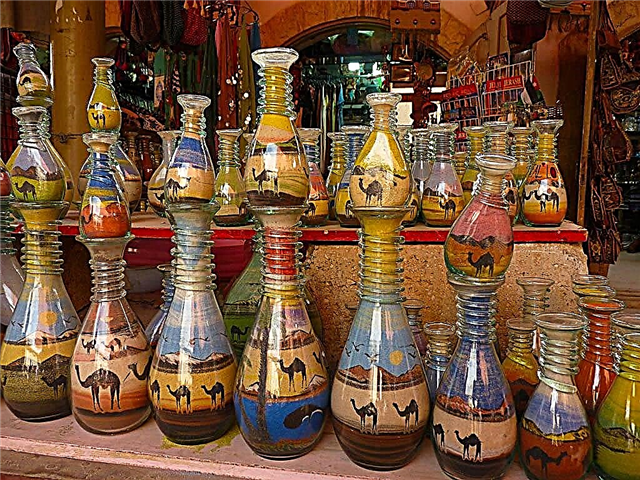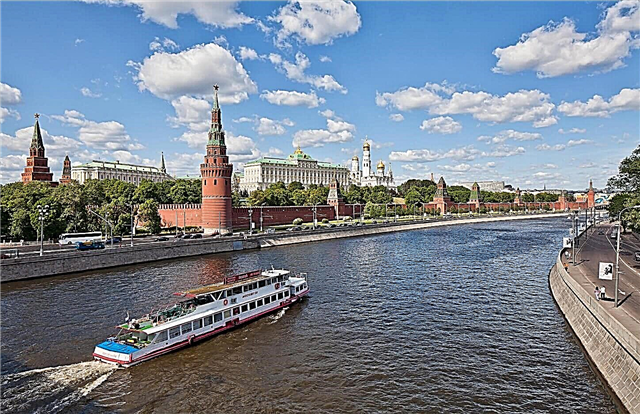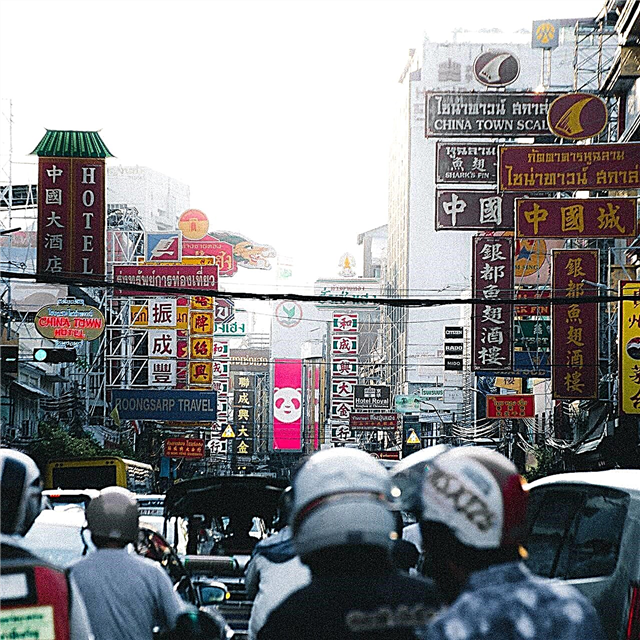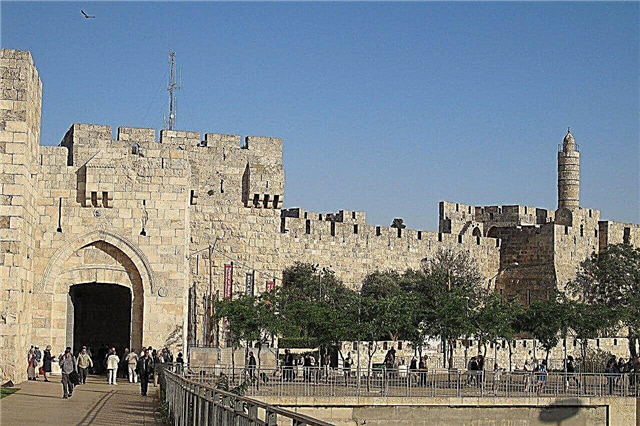Israel is a state on whose territory many military conflicts have occurred. In the Middle Ages, the Holy Land became the subject of conflict between the Christian orders of knights and local Muslim rulers. Most of the settlements were seized by the warring parties several times. And each erected its own fortifications.
There are a large number of fortresses on the territory of Israel, which have become popular attractions. Ancient fortresses attract tourists not only for their historical value, but also for their architecture. Most of the castles were built during the time of the Crusades, but there are also much more ancient ones, erected before our era. Each of them has its own history and many legends associated with battles and the construction of castles.
Ancient fortresses and forts of Israel
List, photos with titles and descriptions!
Masada
The fortress is located near the city of Arad, on the coast of the Dead Sea. Its feature is its location on a mountain plateau, at an altitude of more than 400 meters above sea level. You can get to the fortress only along a narrow path or along an artificial embankment. Masada was built in 25 BC by King Herod the Great. She became a refuge for the ruler and his family. A synagogue, a royal palace, baths, water tanks and many mosaics have been preserved here.
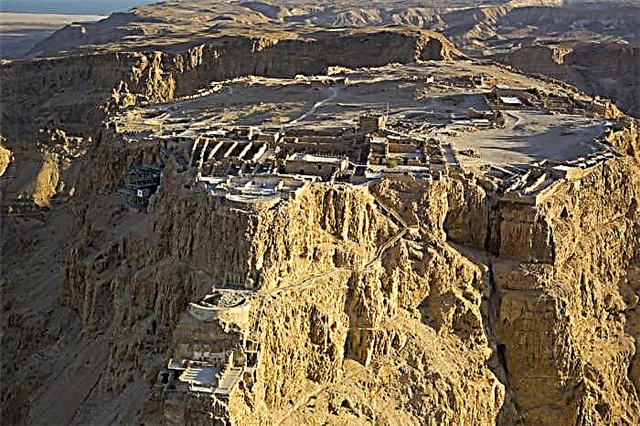
Nimrod
A fortress was erected on the Golan Heights, originally named Qalaat al-Subeyba, which means "castle on a large rock". Sultan Saladin erected Nimrod on a mountain range in 1229 to protect Damascus during the Crusades. In the 18th century, the fortress was damaged by an earthquake. The remains of the citadel, fortress walls and watchtowers have survived to this day.

Monfort
The ruins of the fortress are located in the north of Israel, on the border with Lebanon. Some of the towers and walls have survived. Initially, Montfort belonged to a French company that was engaged in farming here. Later the castle was bought by the Teutonic Order. The knights fortified the fortress and completed it and made it their residence. In the XIII century, Sultan Baybars captured Montfort, and after the defeat of the crusaders, the castle was abandoned.

Tower of david
The Citadel is located next to the Jaffa Gate in Jerusalem. The Tower of David was built to defend the old city. It got its name thanks to Christians who believe that the citadel was the castle of King David. The fortress passed from hand to hand many times. From the 1st to the 4th centuries, Roman barracks were located here. Later - the community of monks and the city garrison of Jerusalem.

Herodium
The fortress was built during the reign of King Herod and named after him. According to some reports, the great ruler was buried here. In the 1st century, Herodion was captured by the Jews during an uprising against Roman rule. The fortress walls, towers and citadel, as well as baths and baths for the nobility, located at the foot of the embankment on which Herodion was built, have survived to this day.

Kakun
The exact date of construction is still unknown. Originally, Kakun belonged to the Knights Templar and was an important transportation point. But in 1260 Sultan Baybars conquered the fortification. From that moment, the fortress belonged to the Arabs, and in the 20th century it became part of Israel. Nowadays, the castle is mothballed. The dilapidated ruins have survived, the fortress is located 15 kilometers from Netanya.

Minat al-Qala
The fortress was built by the Arabs in the 7th century to protect against the Byzantine fleet. An exchange of Muslim and Christian prisoners took place here. In 1033, a strong earthquake struck Israel, during which Minat al-Qala was destroyed. Later the fortress was restored by the crusaders, but after their expulsion from Palestine, the castle was abandoned. The ruins of the fortress walls and towers have survived to this day. Nearby is the ancient grave of an Arab sheikh.

Migdal-Tzedek
The fortification was erected near the ancient Tel Afek, which was an important transport hub. The name in translation means "tower of justice". The fortress passed from hand to hand many times and was rebuilt - traces of the presence of the Byzantines, Arabs and crusaders have been preserved. The walls and some warehouse buildings have been preserved.

Acre
The founders of the castle in Akko are the Order of the Hospitallers. The fortress-monastery of John the Baptist acquired its modern look after 1750 - the Ottoman ruler decided to rebuild the monastery. Under it, after excavations, a complex network of catacombs was discovered. The fortress has survived to this day and is in excellent condition. There are several halls here, on the territory of which there is a museum of prisoners of the underground.

Belvoir
Initially, the fortress belonged to a French nobleman. Belvoir was later bought by the Order of the Hospitallers. The main task of the fortress was to protect Jerusalem in the event of a military conflict. After less than a year of siege, in 1189, Sultan Saladin captures Belvoir. In 1220 the fortress was destroyed. The ruins of Belvoir are still preserved in the Jordan Valley. There is a sculpture park at the foot of the fortress embankment.

Yehiam
In 1220, the defense system of Galilee, created by the Teutonic Order, was supplemented by the Yehiam Fortress. At the end of the 13th century, the castle was captured by Sultan Baybars, like many other Crusader fortresses. And in the 18th century, Yehiam was restored and used again as a defensive point. During numerous military conflicts, the fortress was destroyed. The ruins of city walls and defensive buildings remain from the large-scale castle.

Pelerin
One of the most famous crusader castles in its entire history has never been captured, despite numerous sieges. Only in 1271 he was voluntarily abandoned by the knights, in connection with the withdrawal from Palestine. The main task of the Château de Pelerin was to protect the pilgrims on their way along the coast. Due to earthquakes, a significant part of the fortress was destroyed, but some parts of the fortress walls have survived.

Aqua Bella (Ein Hemed)
On the way of pilgrims to Jerusalem, the crusaders built a system of fortresses to connect the coast with the Holy City. Ein Hemed became one of them. The castle is located west of Jerusalem. Fortress halls and walls have survived to this day. Nearby there is a cemetery, which appeared after the departure of the crusaders from Palestine.

Antipatris (Antipatris)
King Herod founded a fortress on the site of the ancient city of Afek in 35 AD. She was named Antipatrida. From Hebrew, the name is translated as "stream". After the fall of Jerusalem, a large number of Jews fled here. Well-preserved fortress walls and towers have survived to this day. Nearby there is a monument to Jewish soldiers who died in military conflicts of the 20th century.

Zippori
The capital of Galilee is located 6 kilometers from the city of Nazareth, in the northern part of Israel. The city did not participate in Jewish uprisings, which helped it to preserve many of the ancient buildings in their original form. A large-scale national park has been established here. Many buildings, both civil and military, have survived on its territory. During the excavations, a complex water supply system was discovered, a large number of mosaics and sculptures.


